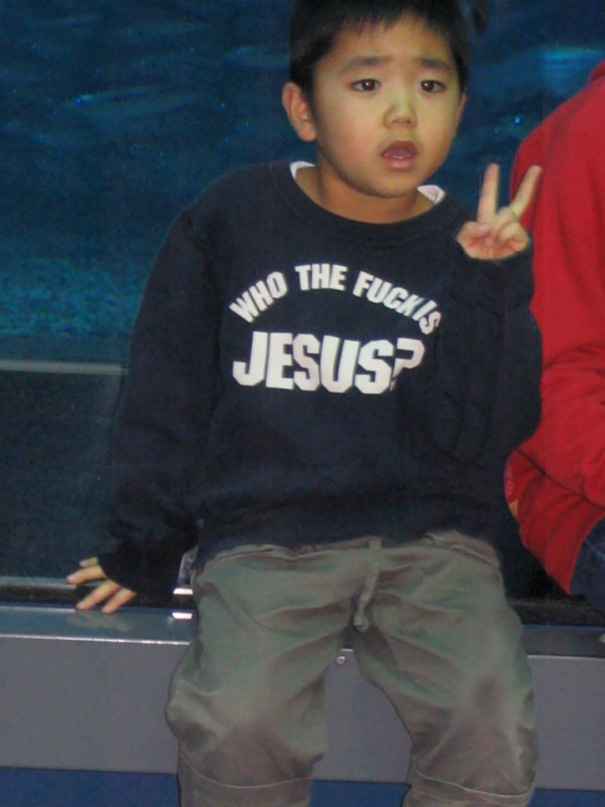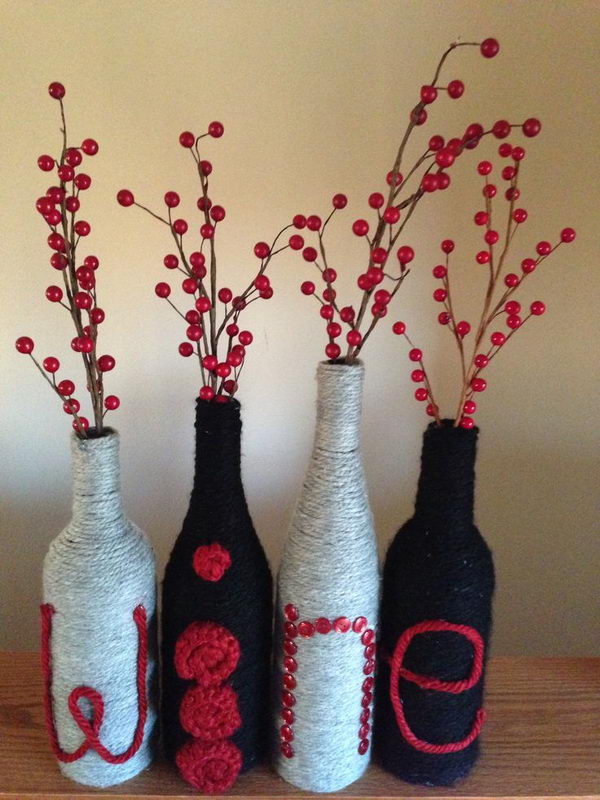
1976: The rules are updated again to make clear who goes first, whether a player can pass their turn, and the final scoring.1973: The first tournaments begin, unofficially at first.1953: Some of the rules, like parallel words and the effects of premium squares, are clarified.
 1952: The game is licensed to and manufactured by the Selchow & Righter Company. 1950s: Scrabble explodes in popularity when Jack Straus of Macy’s goes on vacation and discovers the game, deciding he wants to sell it in Macy’s stores. They reportedly make 2,400 sets but lose $450. 1949:Brunot and his family rent an abandoned schoolhouse in Dodgington, Connecticut, to hand-produce the game. Brunot comes up with a new color scheme as well as the now-famous name “Scrabble.” The game is trademarked in this year.įun Fact: The word “scrabble” is a real word it means “ to scratch, claw, or grope about clumsily or frantically.” You can play the word scrabble in the game Scrabble if you have the right tiles! 1948: After selling the game as “Lexiko” and then as “Criss-Cross Words,” Butts hands the reins to a New Yorker named James Brunot to mass-produce the game. As urban legend has it, he chose the frequency of the game’s tiles and their values by counting up the letters on the front page of The New York Times. Funny enough, he reportedly did not like to spell.
1952: The game is licensed to and manufactured by the Selchow & Righter Company. 1950s: Scrabble explodes in popularity when Jack Straus of Macy’s goes on vacation and discovers the game, deciding he wants to sell it in Macy’s stores. They reportedly make 2,400 sets but lose $450. 1949:Brunot and his family rent an abandoned schoolhouse in Dodgington, Connecticut, to hand-produce the game. Brunot comes up with a new color scheme as well as the now-famous name “Scrabble.” The game is trademarked in this year.įun Fact: The word “scrabble” is a real word it means “ to scratch, claw, or grope about clumsily or frantically.” You can play the word scrabble in the game Scrabble if you have the right tiles! 1948: After selling the game as “Lexiko” and then as “Criss-Cross Words,” Butts hands the reins to a New Yorker named James Brunot to mass-produce the game. As urban legend has it, he chose the frequency of the game’s tiles and their values by counting up the letters on the front page of The New York Times. Funny enough, he reportedly did not like to spell. 
1930s: During the Great Depression, when Scrabble was invented, an unemployed architect from Poughkeepsie, New York, named Alfred Mosher Butts begins designing the popular game, which he imagines as a combination of a board game, number game, and crossword puzzle.

How, why, when, and where did Scrabble originate? Americans weren’t always obsessed with the question, “What do these letters spell?” A few people with ingenuity in New York in the 1930s and ’40s developed the game we now know and love. A Short Timeline of the Scrabble Board Game







 0 kommentar(er)
0 kommentar(er)
